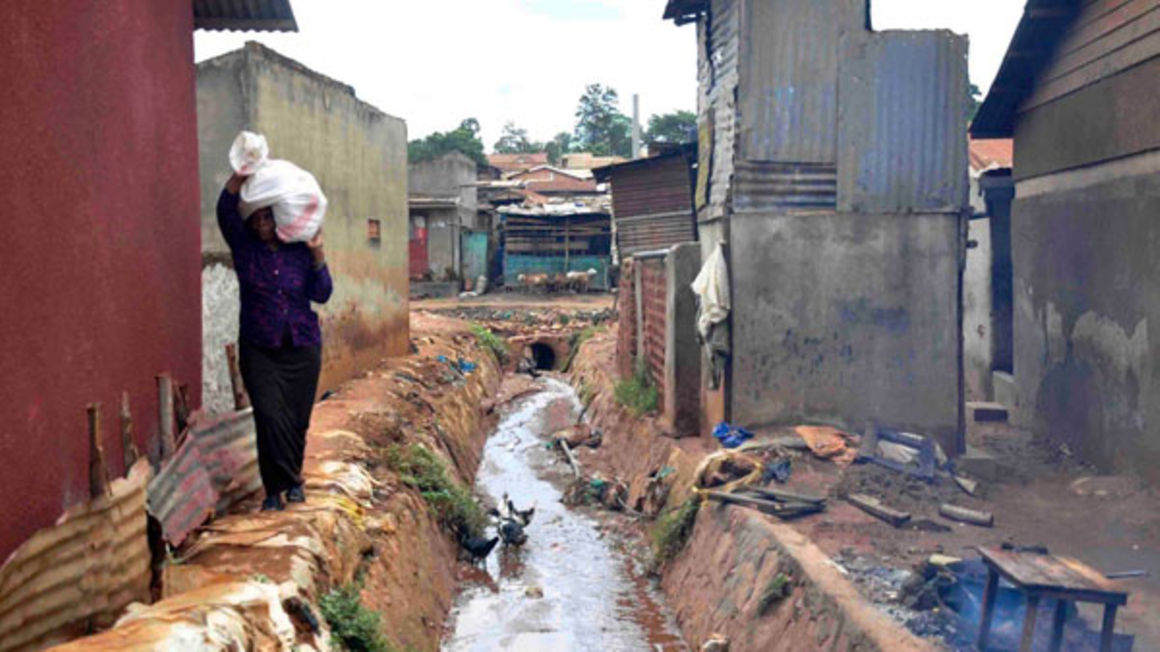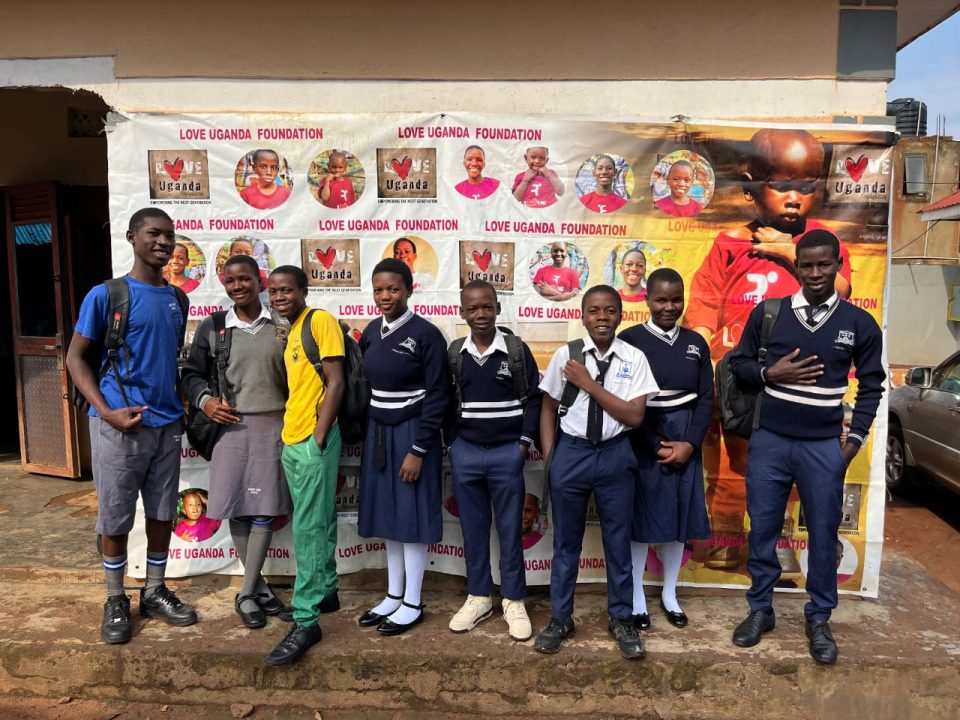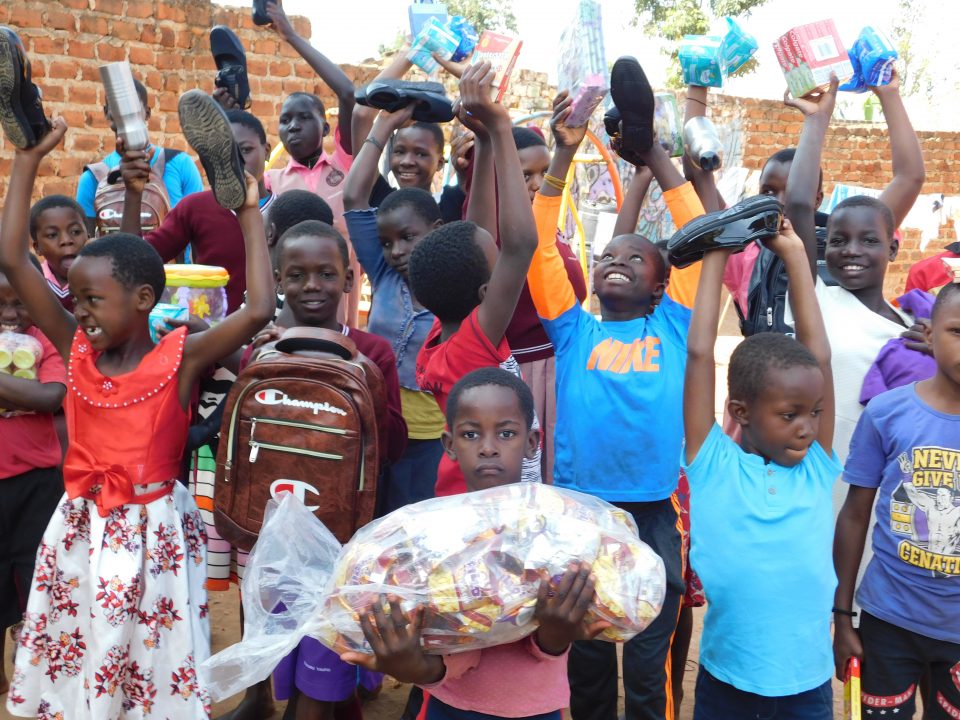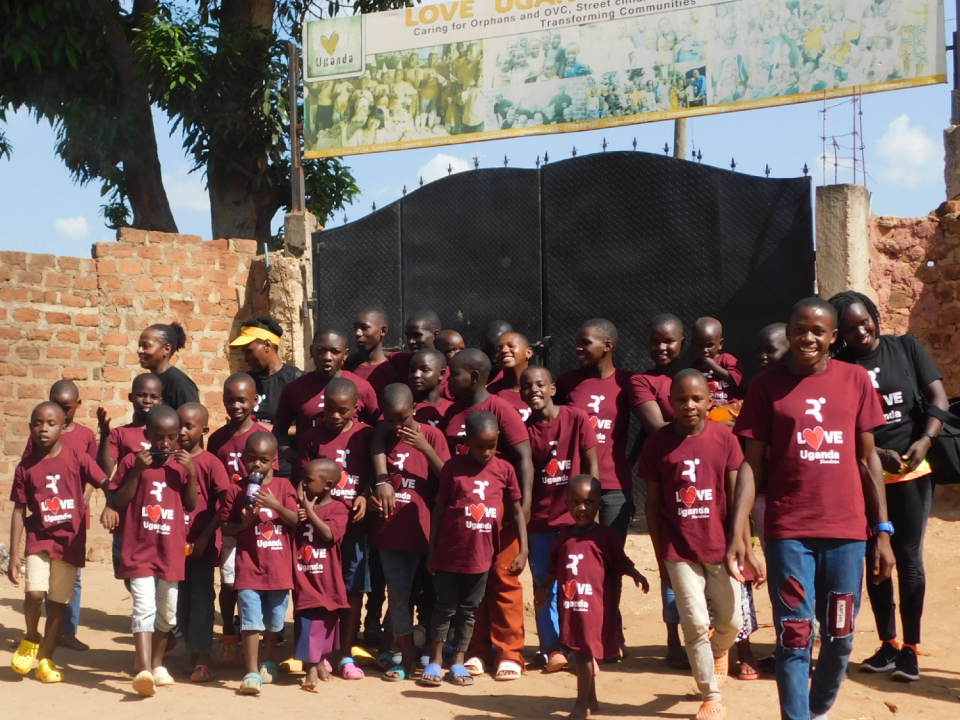COVID-19 ON HIV/AIDS
October 29, 2021
1st DECEMBER
December 1, 2021Slums are littered with human waste while flies and stench emerge from heaps of uncollected decomposing waste. With the surging population and shortage of pit latrines and other sanitary facilities in the area, residents have resorted to dumping human waste in drainage channels. Some landlords in the slums don’t empty the pit-latrines leaving sewage to spill.
When it rains in the slums, the pit latrines have open holes with polythene bags as wall covers and easily fill. Relief time for some space in the pit latrines when the rains are greeted. This is by opening them to the free-flowing water. Water in the slums is a cry for help. Wealth problems and unhygienic conditions.
A slum household is defined as a group of individuals living under the same roof in an urban area. And lack one or more of the following:
- Durable housing of a permanent nature that tests against extreme climate conditions
- Sufficient living space which means no more than three people share the same room
- Easy access to safe water in sufficient amounts at an affordable price ad access to sanitation
So let’s talk about why slums develop. Why would a person choose to live in search of a dirty place? Kampala slums are on increase in Uganda due to inadequate capacity to plan, guide, and enforce development control. Slums are becoming more densely populated forcing people to encroach on the wetlands, hill slopes, and forest reserves.
There is rapid rural to urban migration by the people. This is due to the promised jobs, better schools for poor children. And diverse income opportunities than subsistence farming in rural areas.
Rapid urbanization
that drives economic growth causes people to seek working and investment opportunities in urban areas. The local governments are unable to manage urbanization and migrant workers without affordable places to live in dwell in slums.
Poor housing planning; the lack of affordable low-cost housing and poor planning encourages the supply side of slums. Insufficient financial resources and lack of coordination in government bureaucracy are two main causes of poor house planning.
Poor infrastructure, social exclusion, and economic stagnation; social exclusion
refers to a state in which individuals are unable to participate fully in economic, social, political, and cultural life. Poor families that cannot afford transportation or simply lack any form of affordable public transportation end up in squat settlements. They move to places within walkable distance or close enough to the place of their formal or informal employment.
May slums grow because of the growing informal economy which creates demand for workers? Neither are they registered as business nor licensed. Do not pay taxes and are not monitored by local or state governments.
Other factors that cause slum development are poverty, politics, labor, politics, social conflicts, and natural disasters.
It was hard to keep social distance during COVID-19 in the slums given the conditions they leave in. Often characterized by overcrowding and a high population density, chronic poverty. And a high presence of easily preventable diseases. To social distance means people need to have enough space to keep away from each other. This is by up to a three-foot distance according to recommendations by World Health Organization. Given the household in the slums that usually have between five to seven individuals sharing a room. Coupled up with the nature of housing in the dwellings. These houses often facing each other means it’s not possible to keep a social distance from one another.
But we can change the lives of people who leave in the slums. The government should involve them in the development plans. Improvement of the infrastructure in the slums, delivery of clean and safe water and prove for them better pit- latrines. In addition to that, there should be better health services in the slums. These will help treat diseases like malaria, diarrhea, and cholera plus improved sanitation facilities. Good management of water resources, provision of drinking water, and sanitation are prerequisites to achieving the Millennium Development Goals.
I call upon everyone in your power to offer support by sponsoring these children to have quality education. And also volunteering through community outreaches to change their lives.





